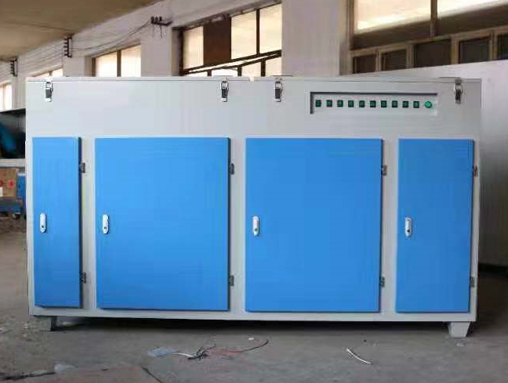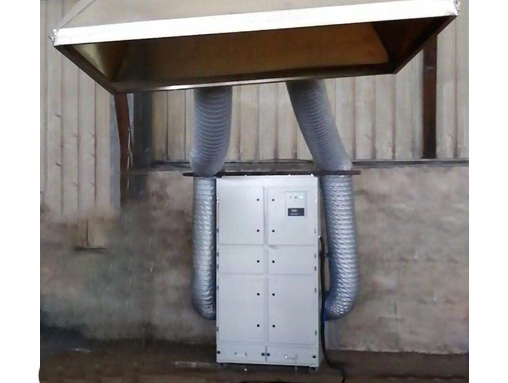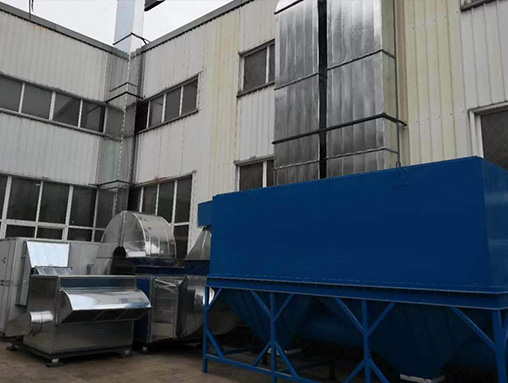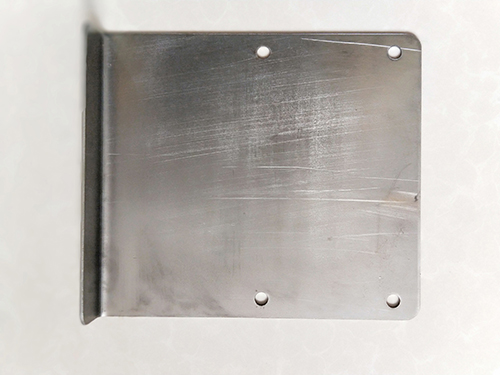The influencing factors and main characteristics of stamping defects
1、 The influencing factors of stamping defects in automotive metal parts may include typical defects such as wrinkling, fracture, and rebound during the stamping process. The factors that cause stamping defects can be attributed to the following points: 1. In theory, the forming curve (FLD) is usually used to represent the sheet metal forming performance, where the strain hardening index n and thickness hardness index r of the metal material have a significant impact on the curve fitting effect. In stamping deformation, the higher the strain hardening index n, the greater the deformation margin, and the stronger the material's load-bearing capacity. However, the material's work hardening ability also increases, and necking defects are prone to occur. The larger the thickness hardness index r, the better the material's tensile properties, and the overall thickness deformation is uniform. Metal sheets generally have good formability. 2. Different stamping methods should use different types of molds with different mold parameters, and there are also differences in the requirements for mold materials. The surface hardness and roughness of the mold will have an impact on the roughness defects of the workpiece. Scratches on the working surface of the mold and impurities inside the mold material can affect the surface quality of the workpiece, causing defects such as pulling and indentation. The gap between convex and concave molds, for stamped parts; Quality has a significant impact. If the gap is too small, the material between the convex and concave molds will be sheared twice, resulting in longer burrs on the cross-section; If the gap is too large, the bending and stretching of the material will increase, which can easily form thick burrs and cause the workpiece to warp and deform. Therefore, the gap between the convex and concave molds should be uniform and reasonable. In addition, the fillet radius of convex and concave molds has a significant impact on the quality of deep drawn parts. If the radius is too large, the contact area between the sheet metal and the mold will decrease, meaning that the sheet metal is in a suspended state, which is prone to wrinkling defects; If the radius is too small, the extrusion effect and frictional resistance of the sheet metal increase, and the surface of the workpiece is prone to fracture defects. Therefore, the selection of fillet radius for convex and concave molds should not be too large or too small. 3. The process parameters that affect stamping defects mainly include edge pressure, stamping speed, setting of stretching ribs, use of lubricating oil, and setting of forming processes. Insufficient edge pressure and excessive lubricating oil on the edge pressing ring can increase the feeding speed, leading to wrinkling defects in the sheet metal; Excessive edge pressure and poor lubrication conditions can cause the relative sliding between the punch and the material to weaken, leading to thinning and rupture of the dangerous section; Due to the asymmetry of the structure of large components, the material flow rate of the sheet metal during forming is not consistent. Therefore, it is necessary to set stretching ribs on the edge banding ring to control the flow rate of the sheet metal in different areas, so as to ensure uniform deformation of the stamped part; The setting of stamping process is not fixed. Different manufacturers may provide different process plans for the same part, but the basic principle is to use as few processes as possible for production without interfering with the structure. In addition, with the development of computer technology, various CAE analysis software such as Autoform/Abaqus can be used to numerically simulate the stamping process, optimize the process and parameters, reduce stamping process defects, and lower production costs. 2、 The main characteristics of stamped parts are that they are mainly formed by stamping metal or non-metal sheet metal with the help of pressure from a press machine through a stamping die. They mainly have the following characteristics: 1. Stamped parts are manufactured by stamping on the premise of low material consumption, with light weight and good rigidity. After plastic deformation of the sheet metal, the internal structure of the metal improves the strength of the stamped part. 2. Metal stamping parts; It has high dimensional accuracy, uniform and consistent dimensions with the same module, and good interchangeability. It can meet general assembly and usage requirements without further mechanical processing. 3. Stamping parts have good surface quality and a smooth and beautiful appearance during the stamping process, as the surface of the material is not damaged. This provides convenient conditions for surface painting, electroplating, phosphating, and other surface treatments.







